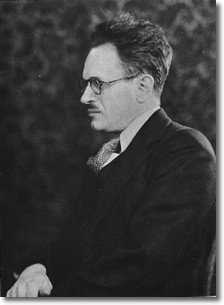Bibliographical Notes
“Psychology and Form” has been Burke’s best known essay, having been republished in at least 10 anthologies of criticism, beginning with the seminal Literary Opinion in America, ed. Morton Dauwen Zabel (New York: Harper, 1937).
In Counter-Statement Burke places the essay second, following his inquiry into the critic’s sensibility in “Three Adepts of ‘Pure’ Literature.” This placement suggests that the critical approach of “Psychology and Form” advances beyond the shortcomings that Burke found in the theoretical and critical writings of Flaubert, Pater, and de Gourmont.
Biographical Notes
In a 01 Dec 1940 letter to Malcolm Cowley, Burke reflected on the writing of “Psychology and Form”:
that winter [1924] I stayed at Andover, I wrote two essays, “Psychology and Form” and “The Poetic Process”; it was my intention to round these off with third, “On the Sublime.” I began it, then ran into The Meaning of Meaning [by C. K. Ogden and I. A. Richards, 1923], and was so knocked over that I was unable to write the third essay. And it was not until the “Philosophy of Literary Form” item, the monograph by that name in the forthcoming collection, that I was able to treat of the material for that third essay, though it is there in a much altered state, affected by all that has intervened. The germ of the “Psychology and Form” essay was, in turn, in a review I wrote on Murry, in The Dial, 1922, making a distinction between “the psychology of form and the psychology of the subject matter,” or “between the psychologism of Dostoevsky and the psychologism of, say, a Greek vase” . . . .

Burke, c. 1923